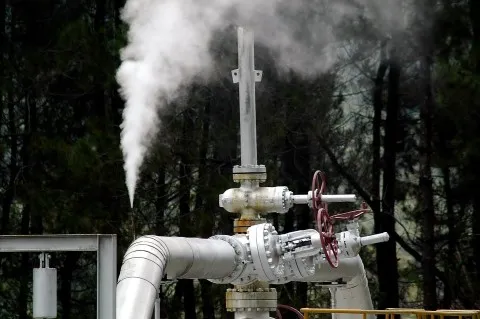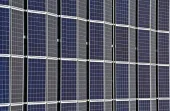
Policy focus in China's power sector shifting to consumption efficiency
As well as environmental friendliness.
Fitch Ratings says in a new report that the policy focus in China's power sector is shifting from supply sufficiency to consumption efficiency and environmental friendliness.
According to a release from Fitch Ratings, however, power sector capex will remain high through 2020, despite slowing capacity growth.
This is because net capacity additions will remain large in absolute terms, the migration towards a cleaner energy mix will require more expensive technologies, and China will invest in ultra-high voltage power lines to carry electricity to power-hungry regions.
Here's more from Fitch Ratings:
Growth in China's power consumption is set to slow over the next decade as the economy rebalances towards a more sustainable, service and consumer oriented growth model.
China is on track to reduce overall energy intensity by 16% between 2010 and 2015 as policies to phase out or curtail energy-intensive and polluting heavy industries continue to take root.
At the same time, the Chinese government's reform plan includes market liberalisation, which is important to improve efficiency in the power sector.
Fitch expects that the government will take a step-by-step approach to reforms due to the strategic importance of this sector, and to ensure the liberalisation effort is coordinated with the country's overall development as well as social considerations.
Clean power capacity growth will continue to outpace total capacity growth, putting the country on track to meet the government's target of increasing the capacity share of clean power to around 40% in 2020 from 33% in 2014.
Coal-fired plants, however, will remain the dominant power source in China, accounting for around 60% of national capacity by the end of 2020 due to an abundance of coal.
New coal-fired capacity, though, will have better environmental technology and operating efficiencies than existing coal-fired plants.



















 Advertise
Advertise







